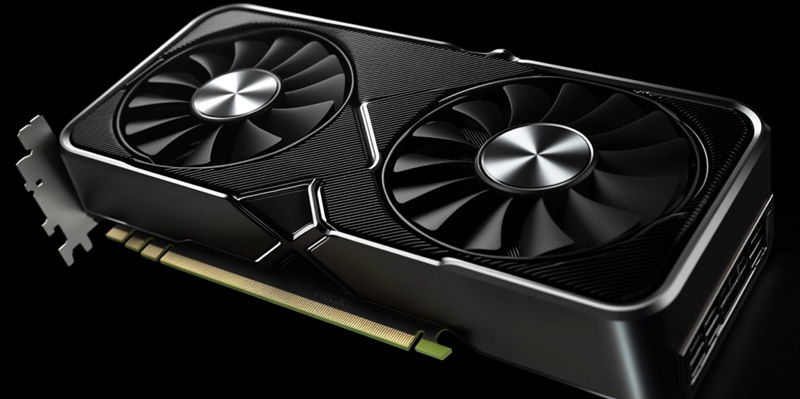The excitement surrounding Nvidia’s forthcoming flagship GPU, the RTX 5090, has reached fever pitch as speculation and rumors swirl ahead of CES 2025. While Nvidia has yet to officially confirm the RTX 5090’s debut, the announcement that CEO Jensen Huang will deliver the keynote address at the highly anticipated event has only fueled conjecture. Historically, CES has served as an opportune moment for Nvidia to unveil major technological breakthroughs, lending further credibility to the hearsay circulating among tech enthusiasts. This impending announcement embodies much of the anticipation and speculation that typifies the lead-up to such milestone industry events.
Rumored Specifications and Potential Performance
According to widespread rumors, the RTX 5090 is anticipated to feature groundbreaking specifications that could set new industry standards. At the heart of these speculations is the Blackwell GB202-300-A1 GPU, purportedly equipped with an astounding 21,760 CUDA cores. This figure represents a substantial leap from the RTX 4090’s 16,384 cores, signaling a dramatic enhancement in computational power. Alongside this increase in core count, the RTX 5090 is said to boast 32GB of GDDR7 RAM operating on a 512-bit bus. These advancements culminate in a remarkable 1.78TB/s memory bandwidth, a 68% increase compared to its predecessor, the RTX 4090. Together, these features underscore the potential for significant leaps in graphical performance and overall memory capacity, promising a more immersive and responsive user experience.
However, the anticipated enhancements come with increased power demands, a common trade-off in the pursuit of higher performance. Current rumors suggest that the RTX 5090 could require a 600 Watt Power Supply Unit (PSU), compared to the 450W needed by the 4090. This substantial rise in power consumption may necessitate that gamers upgrade not just their GPUs but also their entire PSU and cooling systems, therefore adding to the overall financial burden of an upgrade. Furthermore, speculated costs for the GPU itself hover around $2,000, positioning the RTX 5090 as a premium, albeit expensive, choice for consumers seeking top-tier performance.
Historical Context and Anticipation
The anticipation for Nvidia’s RTX 5090 is not occurring in a vacuum. Drawing from historical patterns, such as the debuts of the RTX 40 series and the RTX 40 Super series, there is a precedent for Nvidia leveraging CES as a platform for significant announcements. These previous launches have shaped expectations, convincing many that a reveal of the RTX 5090 during Jensen Huang’s keynote at CES 2025 is a genuine possibility. The significance of CES in the context of Nvidia’s history of product announcements contributes to the robust speculation and eager anticipation prevalent within the tech community.
Despite the palpable excitement, it is crucial to note the fine balance between heightened performance capabilities and the associated costs. While the RTX 5090’s rumored specifications point to unprecedented performance levels, the financial implications for consumers cannot be overlooked. Both the potential need for new power supplies and the steep price tag may deter certain segments of the market, despite the allure of cutting-edge technology. This duality—the promise of profound technological advancements juxtaposed with considerable costs—captures a recurring theme in the high-stakes world of GPU innovation.
Industry Implications and Consumer Expectations
Excitement is building to a fever pitch for Nvidia’s anticipated flagship GPU, the RTX 5090, as speculation and rumors swirl just ahead of CES 2025. Although Nvidia hasn’t officially announced the RTX 5090’s release, the fact that CEO Jensen Huang is set to deliver the keynote address at this eagerly awaited event has only fueled the rampant conjecture. Historically, CES has been an ideal platform for Nvidia to showcase major technological advancements, which adds more weight to the rumors circulating among tech enthusiasts.
As the tech community buzzes with excitement, one can’t help but recall past CES events where Nvidia unveiled game-changing innovations. The possibility that they might follow this pattern again keeps everyone on their toes. This build-up of anticipation and conjecture captures the essence of industry-defining announcements that make CES a pivotal event each year. Whether or not the RTX 5090 is revealed, the anticipation alone highlights the significance of such milestone gatherings for tech aficionados around the world.

